The food and beverage industry faced incredible challenges during the COVID-19 pandemic — especially related to delivery, supply chain and logistics. Lockdown orders made shopping frustrating and risky, complicated by social distancing. Dining restrictions forced people to make more meals at home, often with basic staples that were long-lasting and easy to store. Proactive grocery stores turned to e-commerce for online ordering.
As the pandemic took hold, food and beverage companies re-evaluated their supply chains and business models and invested in new technologies to make themselves more resilient and agile moving forward. Now, over two years since the onset of the pandemic, the food and beverage industry has made a remarkable recovery, with innovation picking up where it left off.
At the end of each year, food industry insiders and experts make predictions about the year to come — and last year was no exception. Let’s take a look at some of the predictions that were made for 2022 and see whether they panned out and look back at some of the food and beverage trends that dominated the industry this year.
Related: How Will the Food Trends in 2021 Shape the Future of Food Innovation?
Plant-Based Alternatives: Successful or Stagnant?
Although this trend builds upon growth in previous years, plant-based meat and dairy alternatives continued to be a talking point in the broader food and beverage industry this year. Nearly every 2022 prediction list — including Food Dive, Neilson and Food Manufacturing — forecasted plant-based foods as a major winner. But did this trend live up to expectations?
Despite the fact that more than half of consumers in the US are eating more plant-based foods and plant-based diets have increased 300 percent for Americans between 2005 and 2020, plant-based alternatives didn’t have the breakthrough year that many experts predicted. This could partially be due to the recovery of the traditional meat industry, the crowded nature of the plant-based alternatives space or a combination of the two.
This year saw the decline or closure of several different plant-based meat companies. Maple Leaf Foods, whose plant-based alternative brands include Lightlife and Field Roast, reallocated its resources to be consistent with a much smaller growth rate than anticipated. Additionally, meat processing giant JBS shut down its plant-based business Planterra Foods only two years after it made its retail debut.
Prominent plant-based meat players including Beyond Meat, Gardein, Morningstar Farms and Quorn also experienced flat or declining sales in the last few quarters. Recent sales figures have caused concern in some segments of the business, but many believe the sector will bounce back as retailers weed out the poor performers and the valuations of plant-based meat brands drop to more realistic figures.
One key reason why the plant-based alternatives space has remained stagnant is due to the lack of differentiation among the most prevalent brands, smaller startups and everything in between. However, since plant-based alternatives aren’t going anywhere, the next generation of brands should focus on marketing their products properly, rather than repeating the mistakes of their predecessors.
Responsible Sourcing and Traceability
For many consumers, looking at a food or beverage label isn’t enough — they want to know exactly how a product got from the farm to their table. Factory farming is still prevalent, but most people want ethically sourced ingredients, particularly when it comes to meat. Free-range cattle and chickens are more desirable than those who were raised without green pastures and sunlight.
Motivations both altruistic and financial lie behind the movement towards more responsible sourcing. With climate change and global warming only growing in relevance, lowering the industry’s collective carbon footprint is of utmost concern. When it comes to consumers, sourcing responsibly — and communicating those efforts with transparency — can be a key differentiator.
Many consumers, especially younger generations, want to see companies making a concerted effort to source everything as responsibly as possible. Some specific attributes that consumers care about include sustainable packaging, Reef Safe (i.e., for seafood products), Fair Trade Claim Certification and Sustainable Farming Certification.
In addition, these food and beverage trends must align with local and federal regulations. This year has seen some major changes from the US Food and Drug Administration (FDA) when it comes to food traceability. For example, the FDA this year issued its final rule on Requirements for Additional Traceability Records for Certain Foods, which includes food traceability protocols for a variety of food products susceptible to contamination.
Functional Beverages
To the growing number of health-conscious consumers, beverages are becoming less about taste and convenience, and more about function. Increasingly, shoppers are making purchasing decisions based on the role certain ingredients play in promoting good health and/or reducing the risk of disease. And this year, consumers continued to turn to functional beverages.
The concept of functional beverages is not new — while ingredients such as adaptogens and probiotics have been around for many years, the way they’re being incorporated into food and beverages is changing. Technology has certainly helped in boosting the potential of functional foods, especially fruit- and vegetable-based foods.
Probiotics — which are often found in yogurt — for example, are transitioning into beverages that can be consumed during different occasions, like Culture Pop, Live or Loop probiotic sodas. As the category grows, new technologies and innovative ingredients will continue to move functional foods beyond protein shakes and yogurts.
Consumers used to look to beverage offerings for hydration or sustenance, but increasingly they are turning to them to improve their mood, gain a boost in energy or provide nutritional benefits. The shift is especially prevalent in younger Gen Z and millennial shoppers. This year, for example, protein coffee — which is typically made by combining protein shakes, coffee and milk, along with some ice — was trending on social media as a dual purpose functional beverage.
Sustainable Packaging and Addressing Food Waste
New science and data consistently point to an increasing urgency to address the human impact on climate change, and consumers are more aware than ever before about how their personal decisions —and the brands they support — impact the environment. As such, food and beverage manufacturers are addressing consumer demands to be more sustainable.
Food and beverage trends that are gaining support include shifts away from fossil fuel-based energy sources, reduced water consumption, sustainable packaging (recyclable, biodegradable or options that significantly reduce plastic use) and eco-friendly detergent and cleaning solutions for end-products and equipment.
Packaging that is made of recycled or repurposed materials, for example, is more valuable than single-use items. Plant-based plastics are also becoming more popular because they break down much faster than petroleum-based materials. For example, at the beginning of 2022, a team of scientists from Harvard T.H. Chan School of Public Health and Nanyang Technological University (NTU) Singapore unveiled a biodegradable, waterproof and antibacterial food packaging.
Awareness of food waste also continued to grow this year, with best before dates on food packaging as a major culprit. While food and beverage manufacturers have used the labels for decades to estimate peak freshness, consumers are confused about date codes, often causing more food waste than necessary. That’s why some grocery stores in the UK are making strides to remove best before dates and instead allow consumers to use their best judgement to determine whether food products are safe to eat.
Lab-Grown Meat and More
This year witnessed a watershed moment for the lab-grown meat space with the FDA approving UPSIDE Foods’ lab-grown chicken. The lab-grown meat was approved through the FDA’s “generally recognized as safe” process, or GRAS, in which the FDA reviews a food company’s production process and final product and gives it a “no further questions” letter if it’s deemed safe to consume.
While UPSIDE Foods awaits approval from the US Department of Agriculture (UDSA) before it can be commercialized, some 100 startups around the world have been working to get lab-grown meat out of the lab and into small production facilities. One such company is Steakholder Foods, an Israeli food tech startup that offers 3D-printed cultured pork, chicken, fish and seafood.
But cultured meat wasn’t the only food to come out of the lab this year. Cell-based chocolate was also at the forefront of the lab-grown food space in 2022. Made by growing cells in a similar way to cultured meat and seafood, cell-based chocolate circumvents the need for illegal forest clearing linked to cocoa production and the human rights issues that come along with it. Perhaps the most well-known company in the cell-based chocolate space is California Cultured, but others are working on their own novel technologies.
Like chocolate, coffee also got a lab-made makeover this year. To combat rising temperatures, climate changes and increasing pests that negatively impact coffee yields, Compound Foods, along with other lab-made coffee startups, created coffee that boasts the same flavors, caffeine content and aromas of regular coffee but without the negative environmental impacts.
Looking Ahead
As many consumers and companies alike hope for a fresh start in 2023, the ongoing pandemic will likely play a major role in shaping food and beverage trends regardless of whether COVID-19 itself finally becomes a thing of the past. Click here to read Xtalks’ list of food and beverage predictions for 2023.

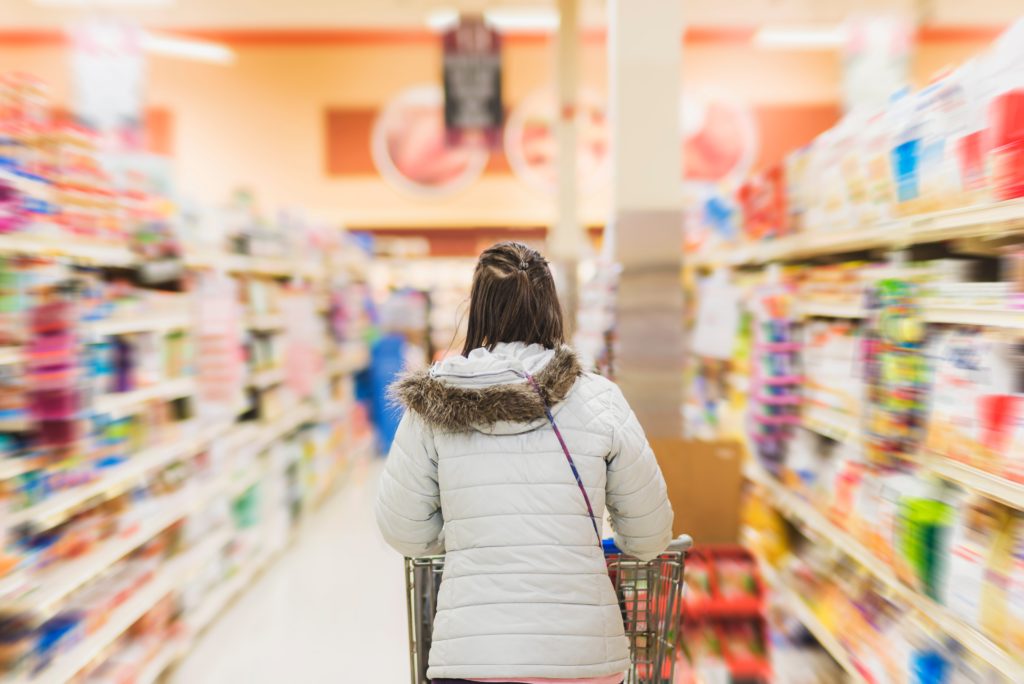
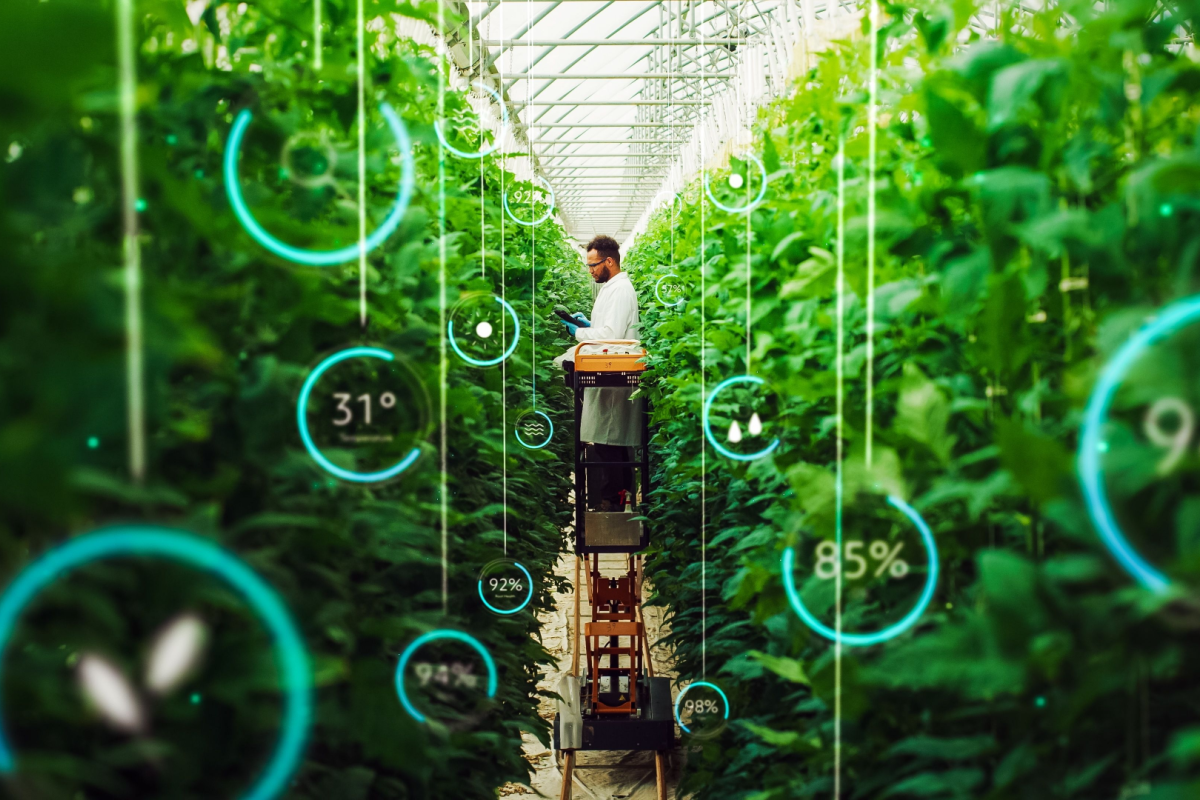
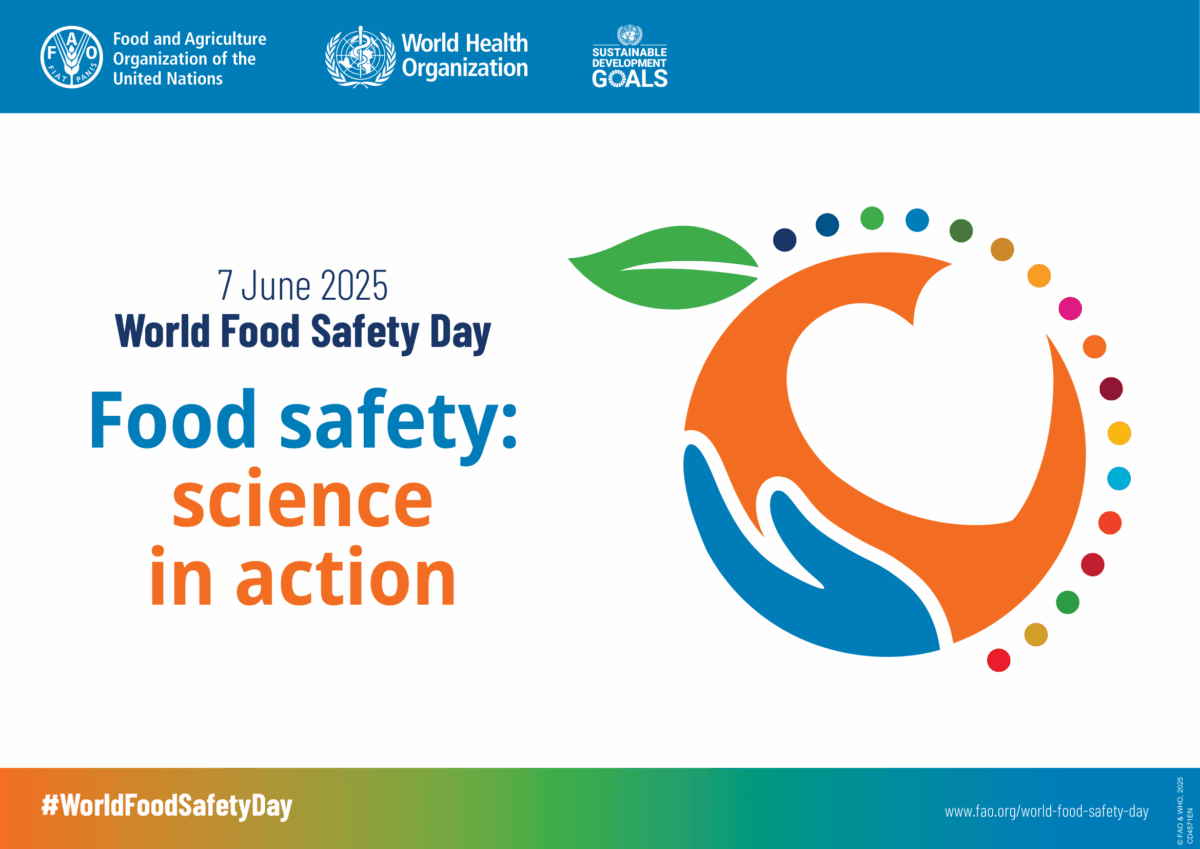
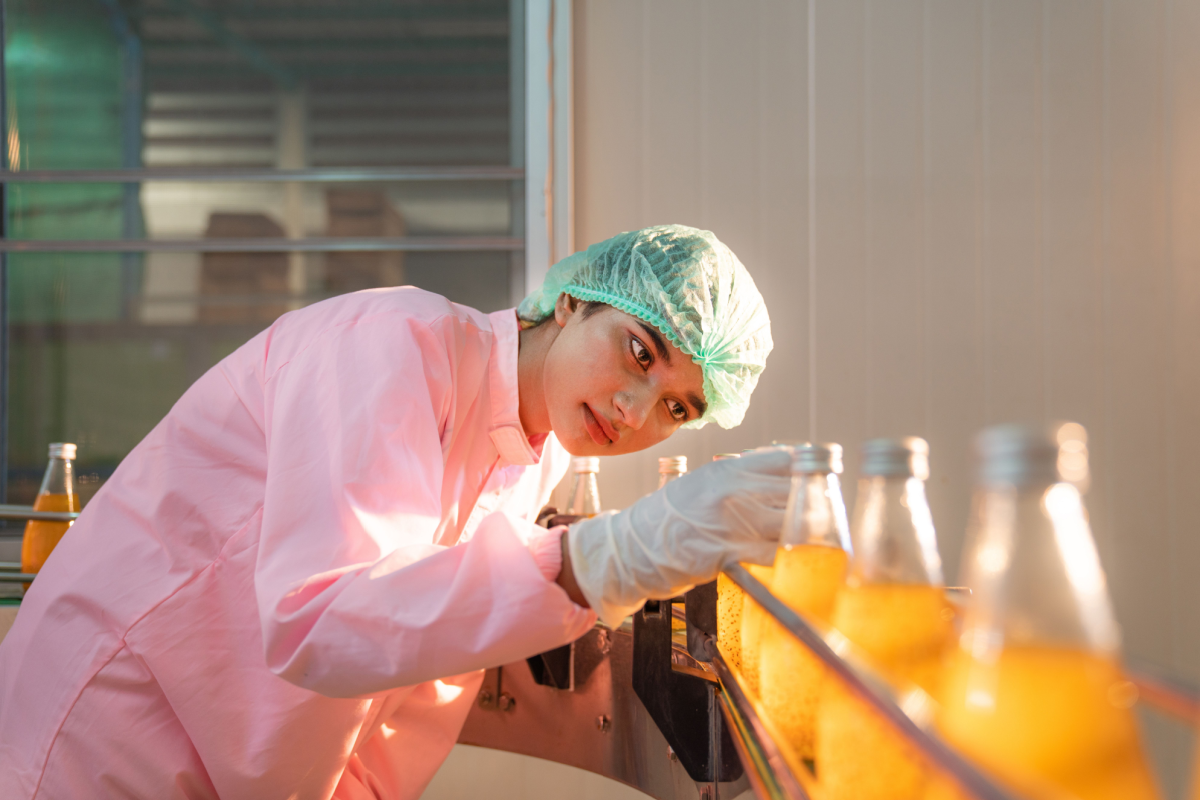
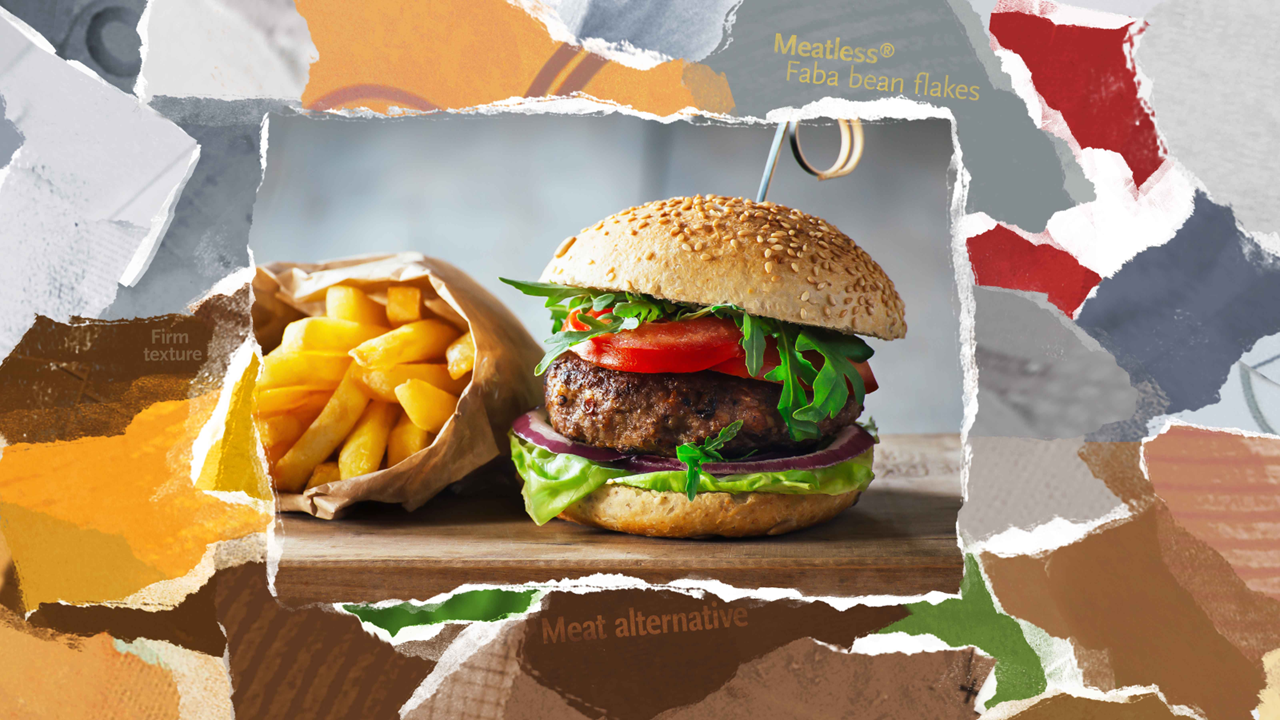
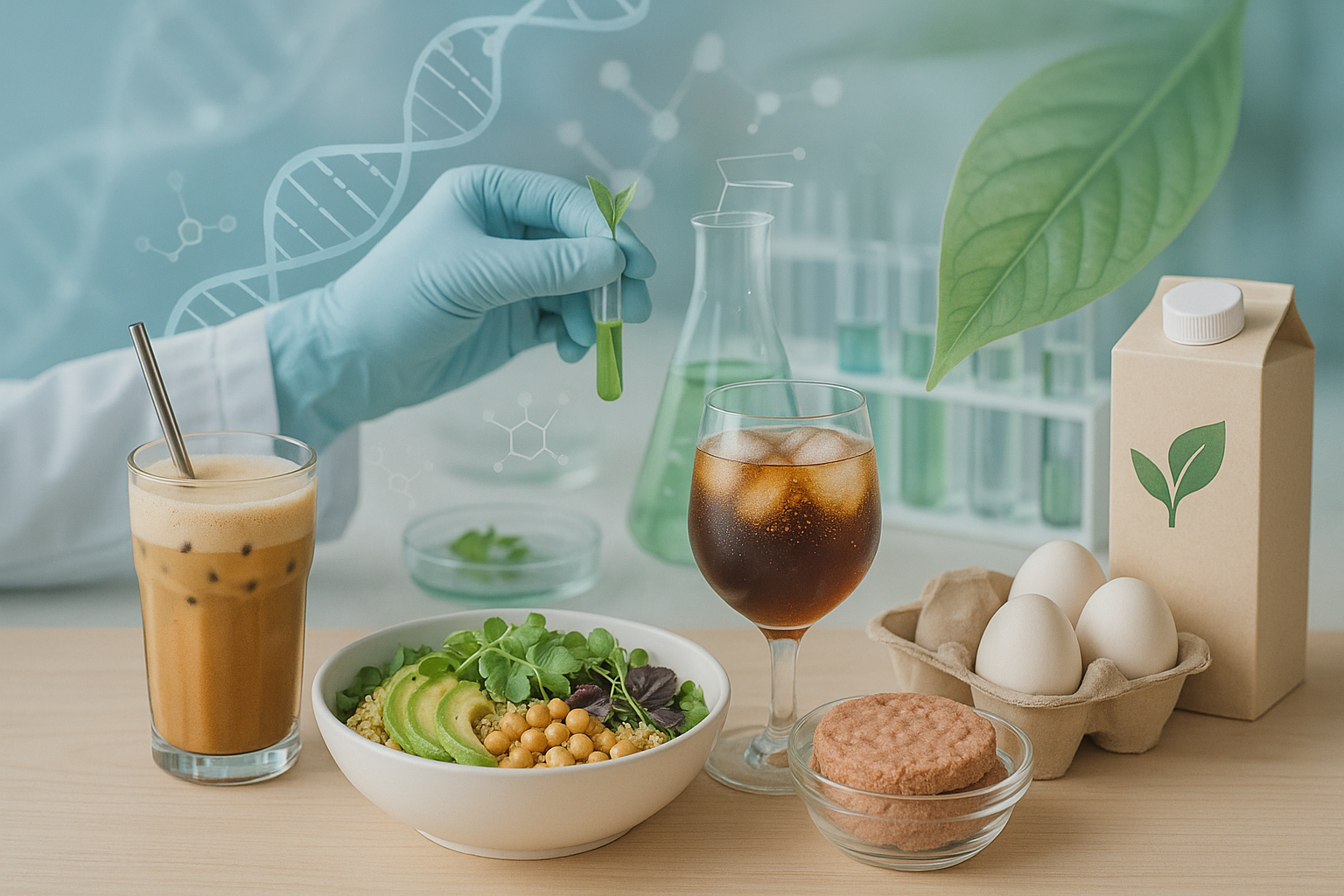





Join or login to leave a comment
JOIN LOGIN